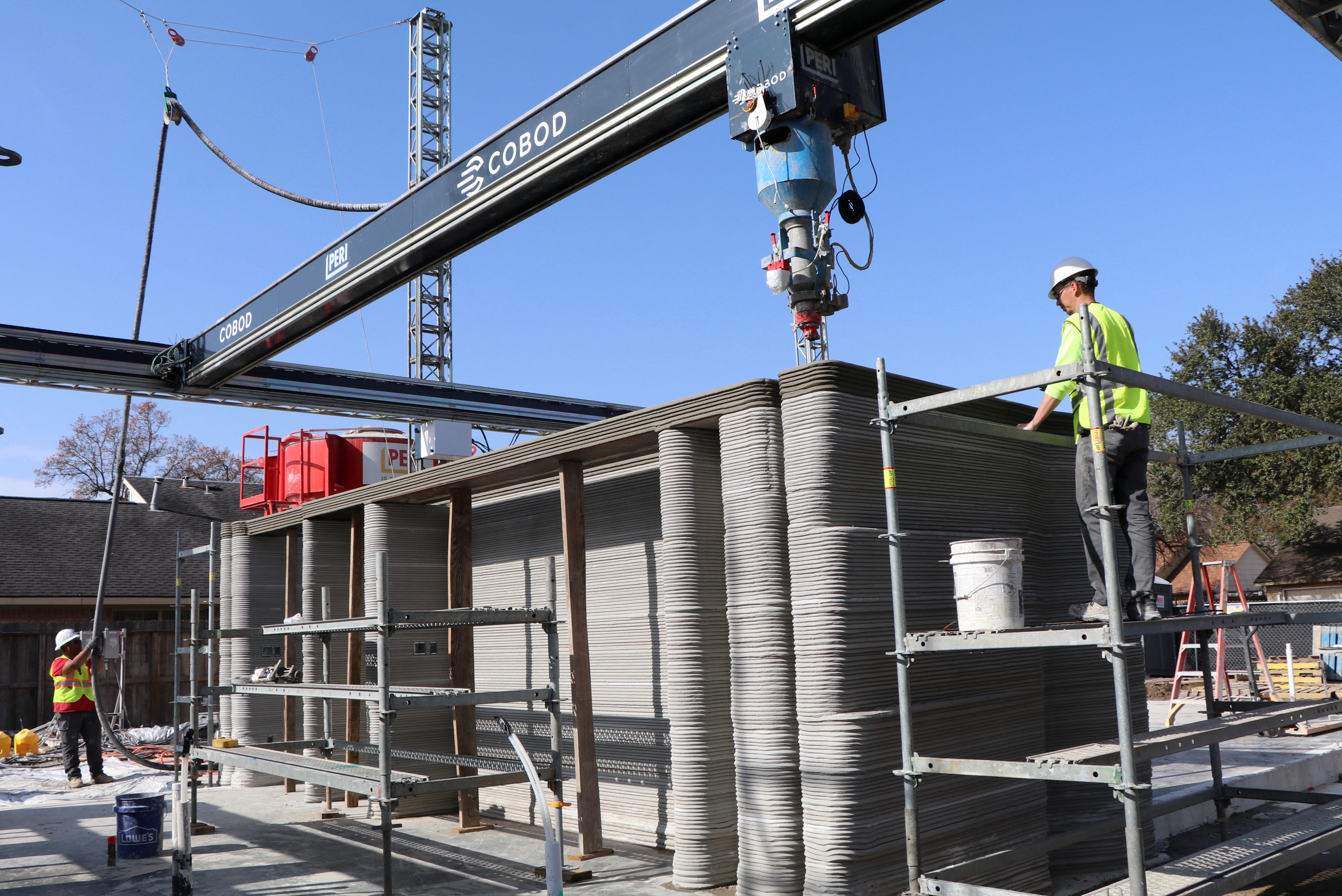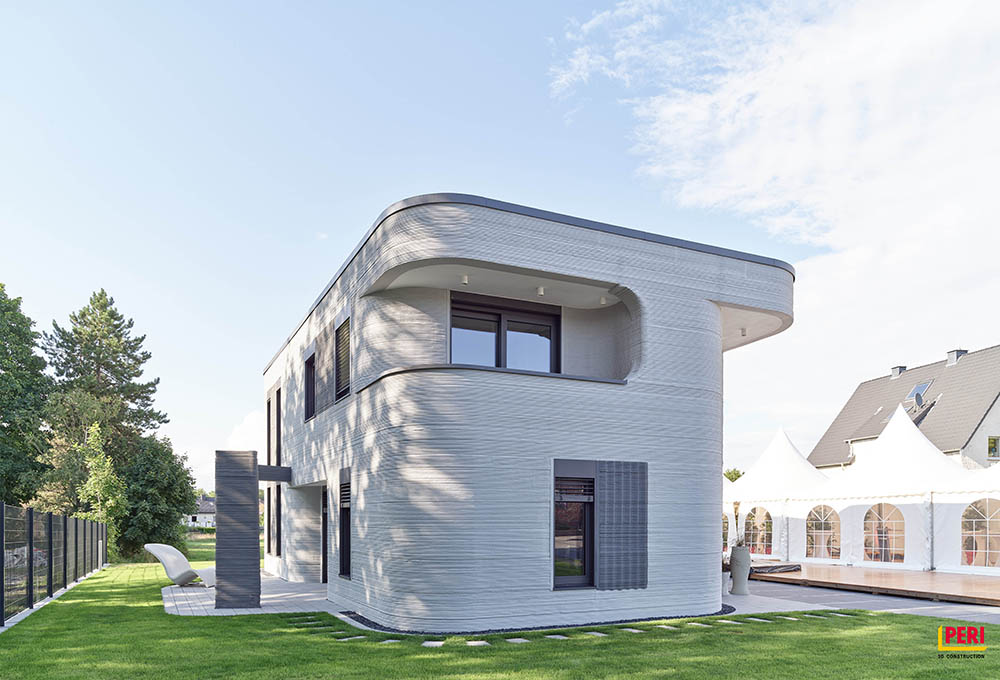3D printing
3D printing
3D printing, also known as additive manufacturing, has revolutionized many industries, including the construction industry. 3D printing in construction refers to the use of machines that can print three-dimensional objects to create buildings or building components. The technology has been in development for several years, and it is now becoming more widely adopted as the benefits become clearer.
One of the most significant advantages of 3D printing in construction is the speed at which it can produce building components. Traditional construction methods can take months or even years to complete a building, but 3D printing can produce components in a matter of hours. This can significantly reduce construction time, making it a more efficient process.
Another benefit of 3D printing in construction is the reduction of waste. In traditional construction, a significant amount of waste is produced due to the cutting and shaping of building materials. With 3D printing, the materials are precisely placed, reducing waste significantly.
The ability to print building components on-site is another significant advantage of 3D printing in construction. This can save transportation costs and reduce the carbon footprint of the construction process. Additionally, it can make building in remote or hard-to-reach locations more feasible.
One area where 3D printing in construction is particularly useful is in creating complex shapes and designs. Traditional construction methods can be limited in their ability to create complex designs, but 3D printing can produce almost any shape or design imaginable. This opens up a world of possibilities for architects and designers.
The use of 3D printing in construction has also been shown to improve the quality of the finished product. The precision and accuracy of the printing process can result in higher quality building components, leading to more durable and efficient buildings.
Despite these advantages, there are still challenges to overcome before 3D printing in construction becomes more widely adopted. One significant challenge is the cost of the technology. 3D printing machines can be expensive to purchase and maintain, and the cost of materials can also be high.
Another challenge is the need for skilled workers who can operate the technology effectively. 3D printing in construction requires workers who are proficient in computer-aided design (CAD) and who can work with the complex software that controls the printing machines.
There are also regulatory challenges to consider. As with any new technology, there may be regulatory hurdles to overcome before 3D printing in construction can become more widely adopted.
Despite these challenges, the future of 3D printing in construction looks promising. The technology is constantly evolving, and new materials and techniques are being developed that will make the process more efficient and cost-effective.
As 3D printing in construction becomes more widely adopted, it will also create new opportunities for innovation and creativity in the building industry. Architects and designers will be able to create new shapes and designs that were previously impossible to construct using traditional methods.
In conclusion, 3D printing in construction has the potential to revolutionize the building industry. It offers numerous benefits, including faster construction times, reduced waste, and the ability to create complex shapes and designs. However, there are also challenges to overcome, including the cost of the technology, the need for skilled workers, and regulatory hurdles. Despite these challenges, the future of 3D printing in construction looks promising, and it will likely play a significant role in shaping the future of the building industry.


Comments
Post a Comment